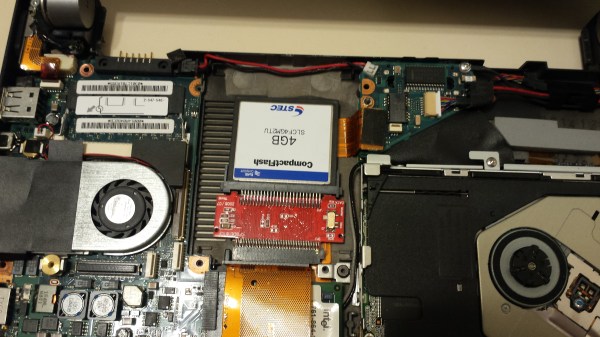For anyone new to the world of ham radio, one of the things that takes a little getting used to is visiting the websites of authoritative experts in various fields and feeling like you’ve traveled back to the Internet of 1999. As a hobby that lends itself to extremely utilitarian amateurs, the software side can feel a little left behind like that. [Andy] aka [KB1OIQ], on the other hand, is also a Linux enthusiast and has been putting together a complete Linux distribution with everything needed to operate a radio in the modern era.
While most ham radio software seems to be developed for Windows, there is a lot available for Linux. It just takes a bit of tinkering and experimentation to get everything configured just right. Andy’s Ham Radio Linux, or AHRL, takes a lot of the guesswork out of this. The distribution includes everything from contact logging software to antenna modeling, propagation forecasting, and electronic design. While tools like this are largely optional for operating radios themselves, there are also tools included to allow the user to operate various digital modes as well, which require some sort of computer interface to use.
The other design consideration [Andy] made was something that most hams consider when choosing software, which is that it should be able to run on extremely modest hardware. To that end, the distribution is based around Xubuntu and can run on ten-year-old machines with as little as 2 GB of RAM. And, for those interested more in software-defined radio specifically, there is another Debian-based Linux distribution called DragonOS that we’ve featured a few other times as well which is also worth checking out.














